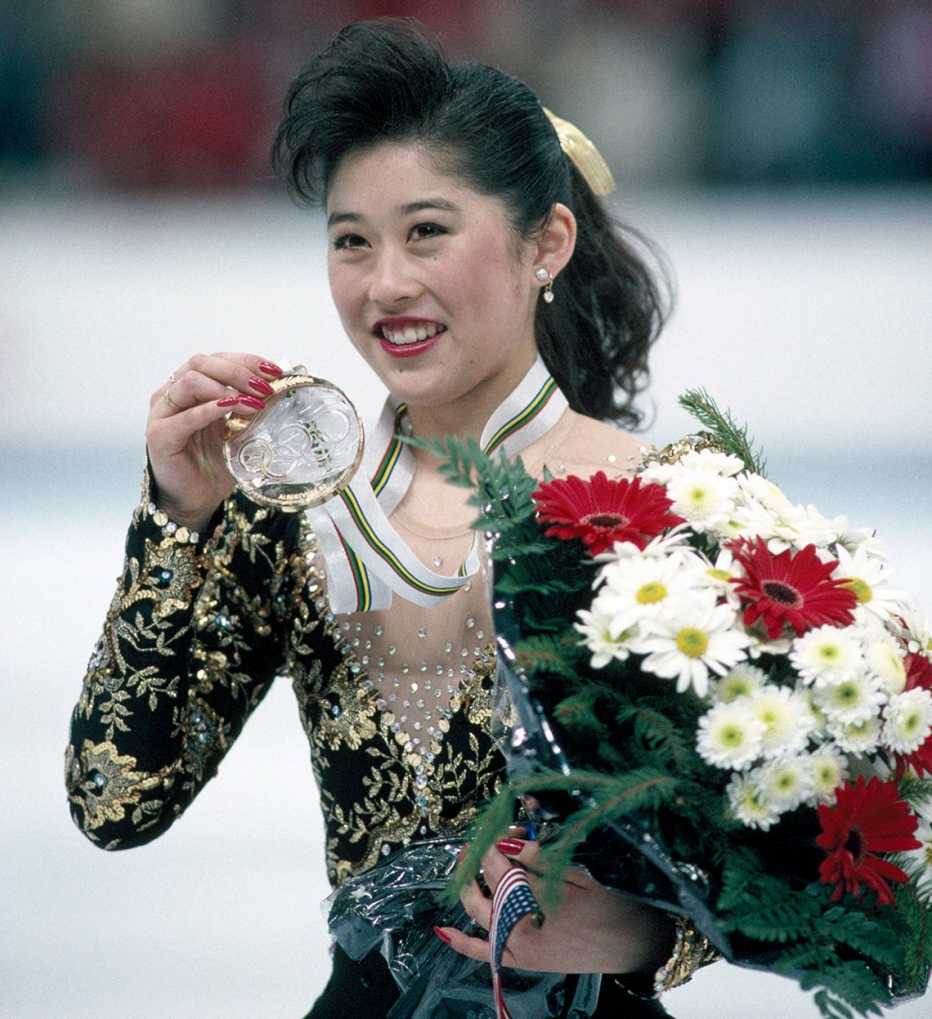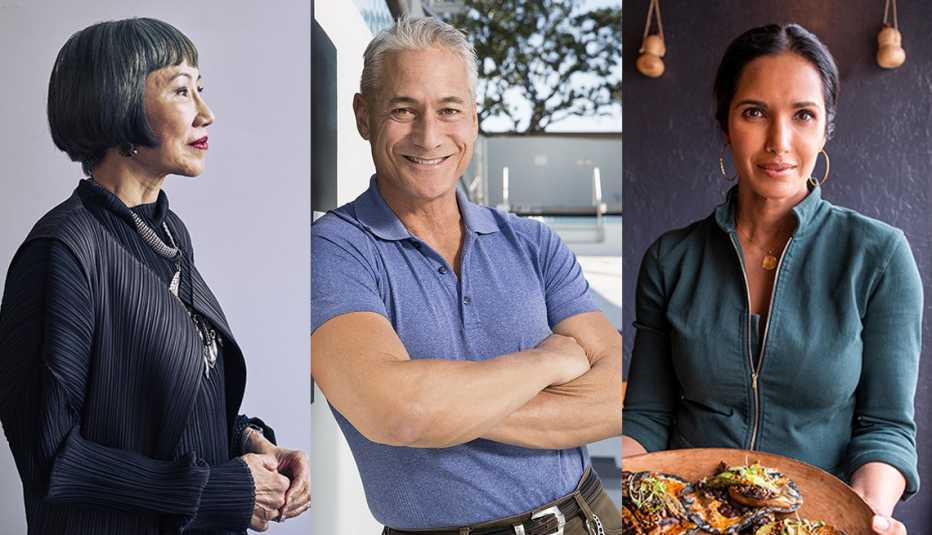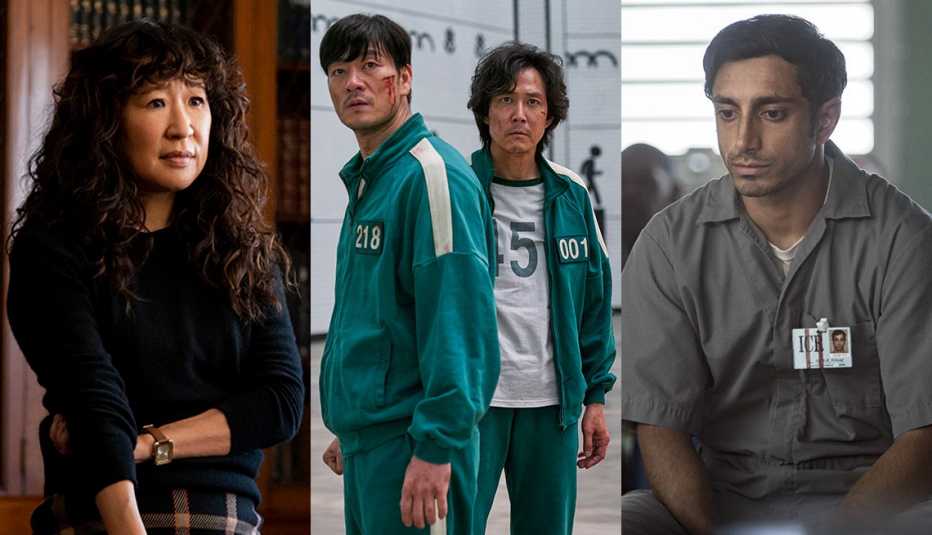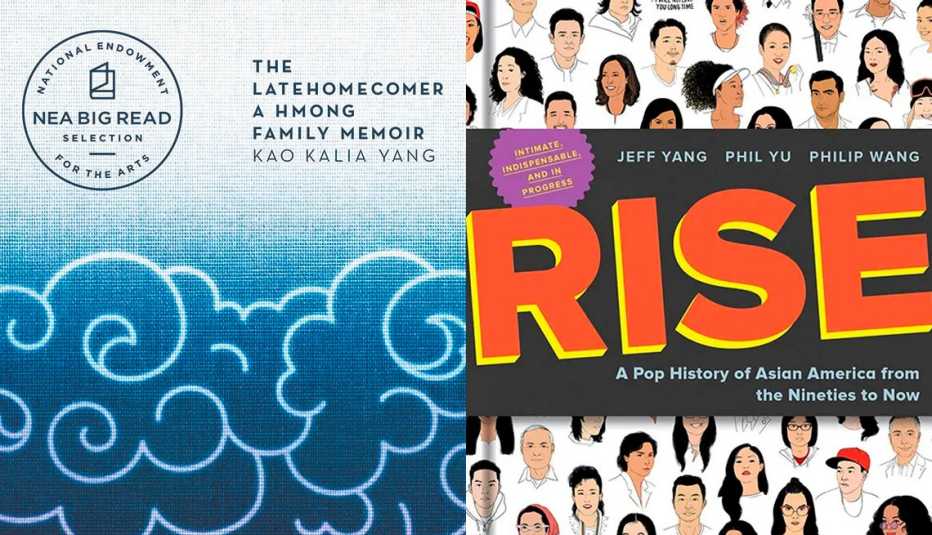AARP Hearing Center
Kristi Yamaguchi knows what it means to be the best and has a gold medal to prove she was the top female figure skater at the Winter Olympics in 1992.
But that was then. Today, Yamaguchi is breaking into a new sport: kung fu, the Chinese martial art that can be every bit as graceful as figure skating but also a lot more aggressive. The champion on ice is training to become a kung fu master on land.
Those who practice kung fu consider it exercise, self-defense and a way of life. Yamaguchi, 50, started her practice in 2020 at the height of the pandemic, when gyms and ice rinks were closed. And even for a former Olympian, getting the hang of the sport wasn’t easy.
“Like a month or two in I was like, ‘Oh, wow! This is very humbling!’ ” Yamaguchi says from her home in Alamo, California. “Once you’ve been in Olympic-athlete shape, after that you just always feel out of shape.”
Old work ethic, new sport
Figure skaters like to say the ice rink is a cryogenic freezer. Yamaguchi is proof of concept. Today, she may not style her shoulder-length black hair in the bouffant she sported back in 1992, but she looks remarkably the same as the day she glided to victory in Albertville, France, wearing black and gold sequins.
To the centuries-old practice of kung fu, Yamaguchi brings a decidedly modern (and intense) approach to training. She attends group classes at Richard Lee’s East West Kung Fu in Alamo up to three times a week and takes monthly private lessons, says Janice Fitzsimmons, her black belt instructor.
This level of dedication isn’t surprising. During Yamaguchi’s competitive figure-skating days, every triple lutz and salchow was the product of a well-cultivated work ethic. As Christy Ness, who coached the Olympian starting at age 9, often said, “There’s no secret to success. It’s just plain and simple hard work.”






































































